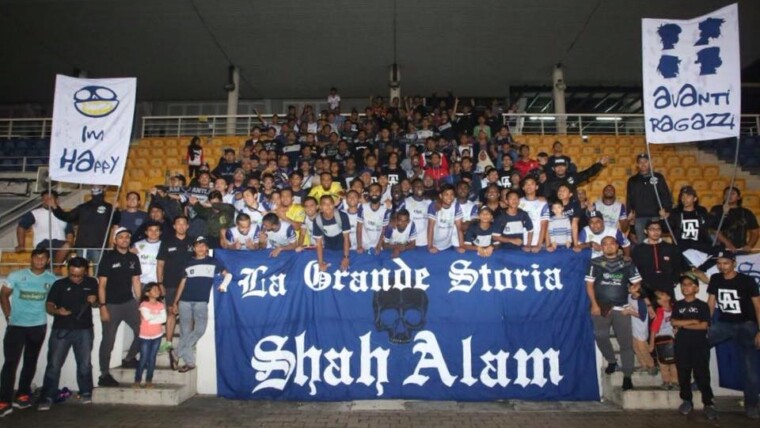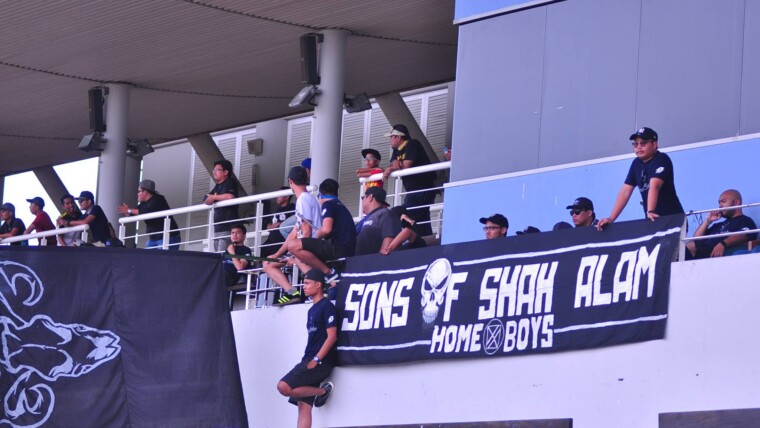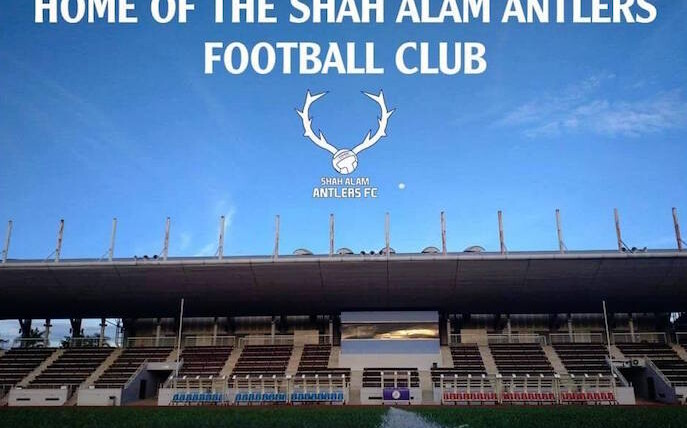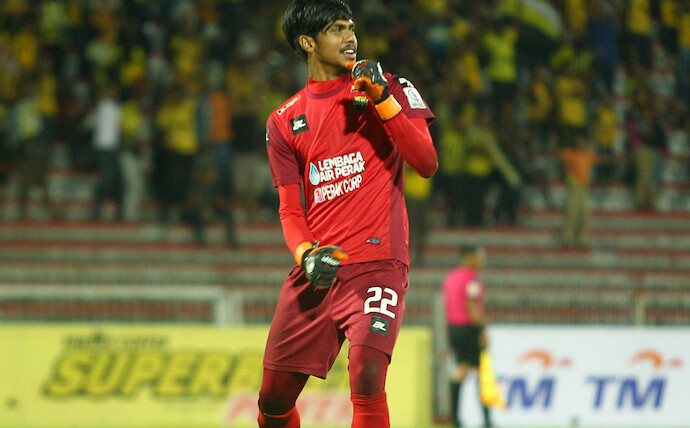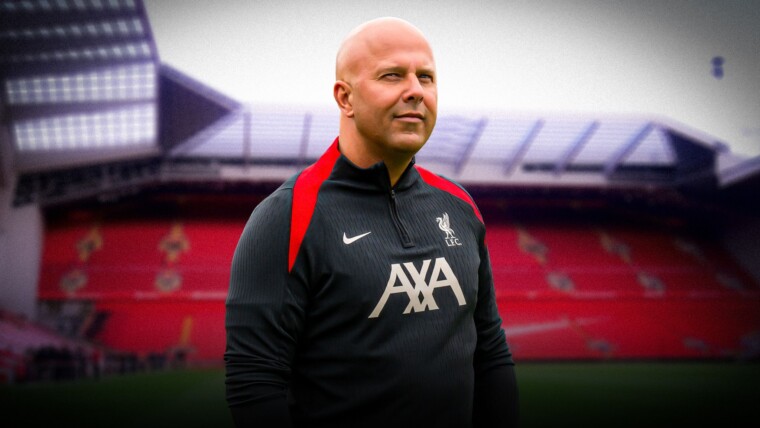There’s an air of positivity about Freiburg and its people. They are cheerful, friendly and they’re never too shy to spread their cheeks and unleash a smile, irrespective of who you are. It’s a quaint little city with a deep-rooted sense of joy and pride within its community. And it’s also the backbone of an incredible football club in the form of SC Freiburg.
For a small football club in a small part of South Germany, surviving in the Bundesliga is no easy feat, especially with inflation and financial might slowly creeping into Germany’s top league. After years of battling for survival and promotion, Freiburg have somehow managed to remain in the Bundesliga since 2009, with the exception of a one-season drop in 2014.
German clubs barely have the financial muscle that’s visibly present in the Premier League, and the financial divide is even more apparent when you take a closer look at smaller clubs like Freiburg. In a world where clubs like Manchester United and Real Madrid have absolutely no qualms at smashing the transfer record every single time they see fit, teams like Freiburg continue to maintain a modest budget – their most expensive signing was Vladimír Darida back in 2013, and they only paid €4 million for him.
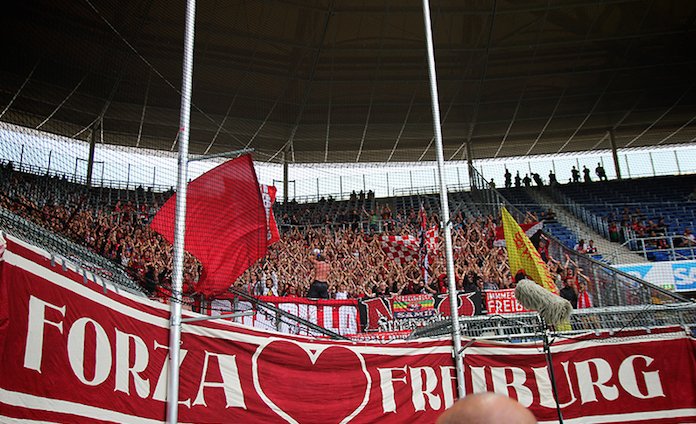
How do they do it? Frankly, it’s isn’t that complicated. For starters, Freiburg doesn’t blow anything out of proportions. As AP pointed out in an article back in 2014, trainees at the club academy are all paid the same – just 250 euros per month, irrespective of their age or talent. In fact, Freiburg’s chairman even pointed out that only 40 percent of club revenues are spent on player wages – which is absurd when you compare it to other football clubs in Europe. But it’s a formula that has worked well for them. And it’s also a formula that seems to be fueling a mini football revolution approximately 10,027 kilometres away, in Malaysia.
Sick and tired of state-based football clubs that are funded by politicians and government institutions with specific agendas, a football governing body that seems ill-equipped to implement long-term changes as well as structural barriers that continue to bog the development of young talents, seven football fans have opted to take things into their own hands. Shah Alam Antlers FC (SAAFC) has been officially launched, with the sole aim of being a community-based football in the city of Shah Alam – and SC Freiburg’s blueprint seems to be at the heart of their long-term plans.
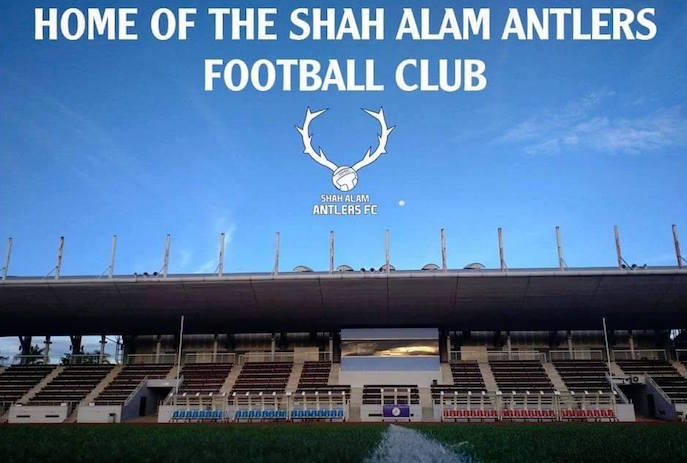
The club was first unveiled on social media last month, and within 12 days, it collected 5,000 organic likes on Facebook – a no mean feat, really. Once traction was gained, Shah Alam Antlers were quick in outlining the club’s vision, strategic pillars, growth framework and values.
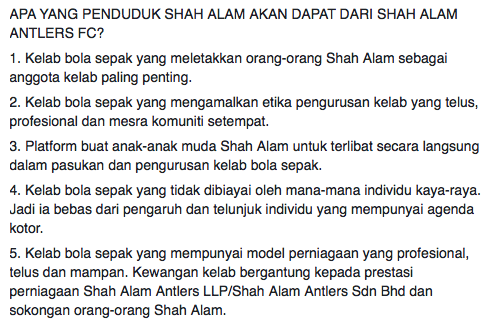
In essence, this is designed to be a real community-based football club, that prioritizes its fans over anything and anyone else. Naturally, I was impressed, and so I dropped by the Panasonic Stadium – SAAFC’s home ground – to have a chat with the team behind this initiative.
WHO ARE THE PEOPLE BEHIND SHAH ALAM ANTLERS FC?
Now of course, every Tom, Dick and Harry is capable of starting a football club. My friends and I started one back when we were 14 and it was called Radical Allianz – but I’ll leave that story for another day. As far as SAAFC are concerned though, they’ve got a dream team, led by Chief Executive Officer (CEO), Ahmad Yani Ismail.
“We have a good team, and they’re all capable of contributing in different ways. For instances, Ahmad Sufian, our president, has been a local football fan for over a decade now and knows everything there is to know about fans in Malaysia. I have over eight years of experience in sports marketing. We also have Kamarul Akhir, who runs Asiana.my and possesses decades of experience in sports media and journalism. We also have an experienced lawyer, who handles the legal aspects of running a football club on a day-to-day basis,” he told FourthOfficial.com
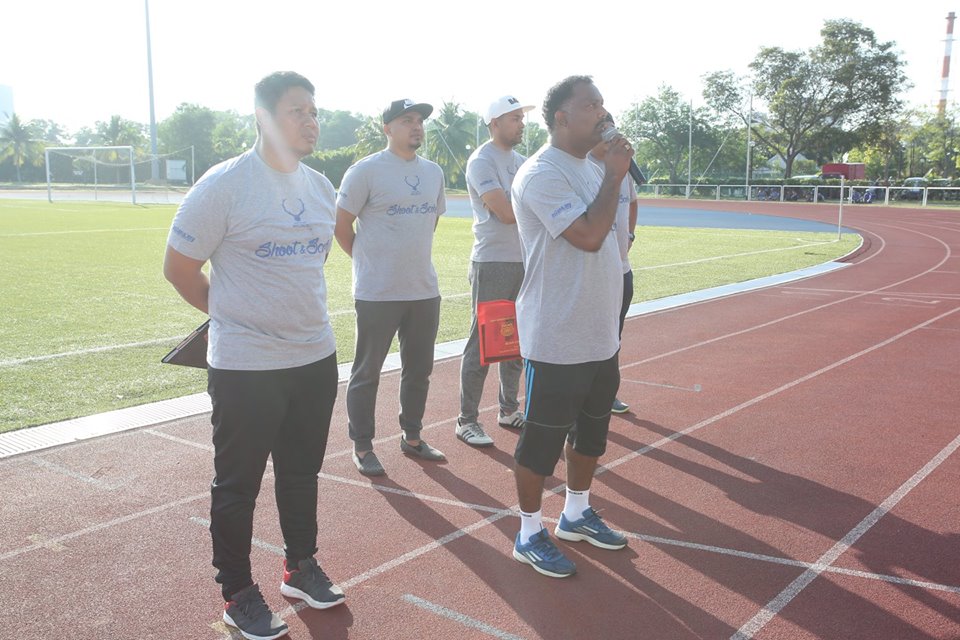
“Mizal Ghazali was previously with Frenz United and he knows what it takes to run a successful youth development platform. Then you have Ahmad Muzzamil and Shahrir Bahar from SemuanyaBOLA.com and they’ll be spearheading the social media team, which we take very seriously because it’s essentially a form of community engagement. And if you back to the whole point of running a football club, community engagement is right up there. Reza Khalid is our administrative king, and he’s the unsung hero behind everything you’re seeing about Shah Alam Antlers right now.”
WHY SC FREIBURG?
Contrary to popular perception, the club is in no way affiliated with J.League side Kashima Antlers – despite similarities in both names. Shah Alam’s local council features a deer on its logo, and that prompted SAAFC’s management to include Antlers as part of the official team name. That said, they are looking up to a Freiburg for inspiration at this juncture – something Yani went on to elaborate.
“Most people think football clubs are all about victories and championship titles. But that’s not the case. If we are able to get as many people in Shah Alam involved with us and help them build a sense of belonging to the place, via community-based activities, then we’re more than happy to play in the lower tier of Malaysian football.
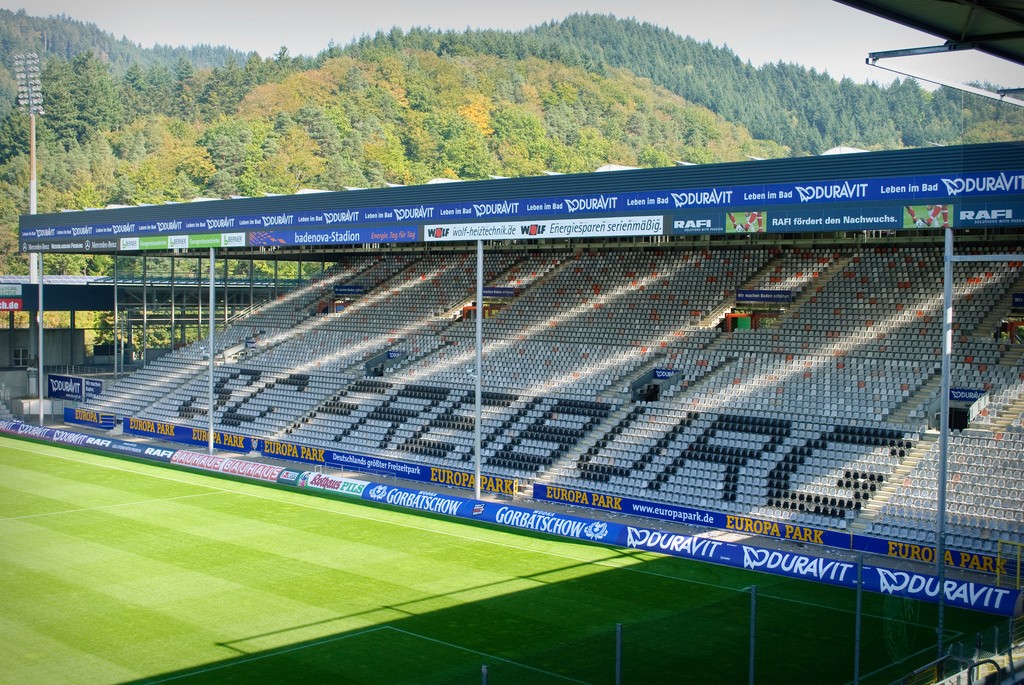
“Take Freiburg for example. It’s a small team and they don’t overtly try to blow their budget in the pursuit of short-term success. They look long-term, but more importantly, they prioritise the people around them. The club is eco-friendly, its stadium is powered by solar energy, the people of Freiburg have a strong sense of connection to the football club, and as a result, they are not entirely obsessed with just trying to beat Bayern Munich and Borussia Dortmund every year,” Yani enthused.
But of course, there’s a fair balance between community interests and their pursuit for glory. The fact that Freiburg were able to instantly bounce back into the Bundesliga, just one year after getting relegated in 2014, shows that they’ve got their priorities right and well-balanced.
WHAT’S GOING ON RIGHT NOW?
After months of planning, SAAFC recently appointed ex-Kuala Lumpur and Sarawak player Muthu Gopalan, as their head coach. The 40 year-old was also the assistant coach of Sime Darby FC, when they won the FAM Cup back in 2010. They’ve also appointed a technical director in the form of Massimo Gianelli, who also runs his own football academy named Football Talent Asia (FTA). Both men are expected to work hand-in-hand in developing the football side of things at SAAFC.
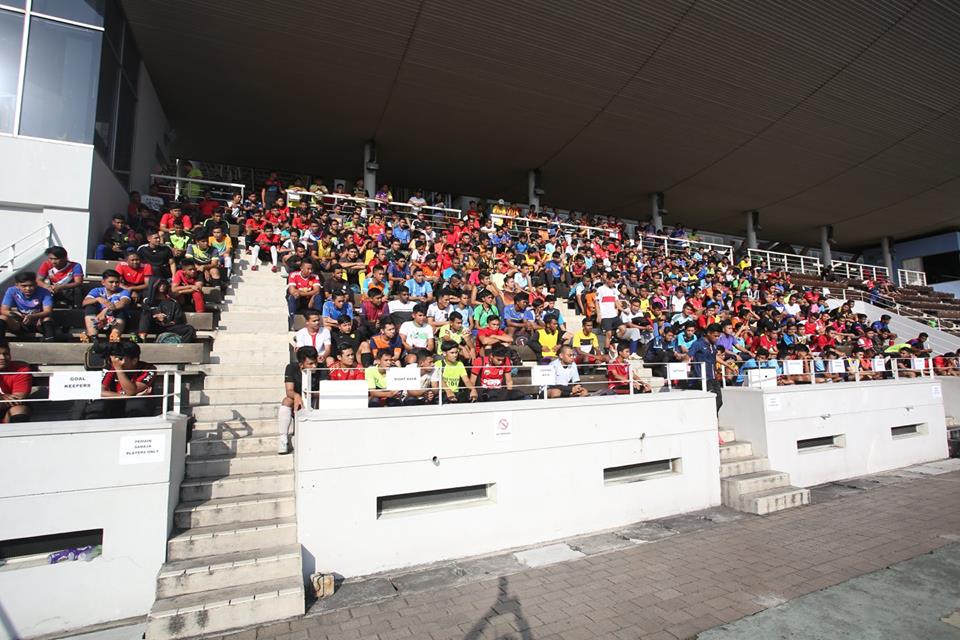
What came next, was the open trial session, which took place last weekend. While they expected around 100 people to turn up, SAAFC’s fantastic social media promotion meant that over 500 people turned up on Sunday, shattering their own expectations by a mile. The final squad of 25 players will be finalized soon, as the Antlers prepare to represent the ‘Petaling’ district in the Liga Bolasepak Rakyat. But LBR isn’t their end-goal, as Yani went on to explain.
“Our priority is the Selangor League. We want to do well there over the next few years and hopefully grow big enough to potentially move into the Malaysia FAM Cup and compete there. LBR is merely a pre-season opportunity for us to test our squad and evaluate our strengths and weaknesses. By the time it ends in December, we should be prepared for the new Selangor League season in 2017,” he added.
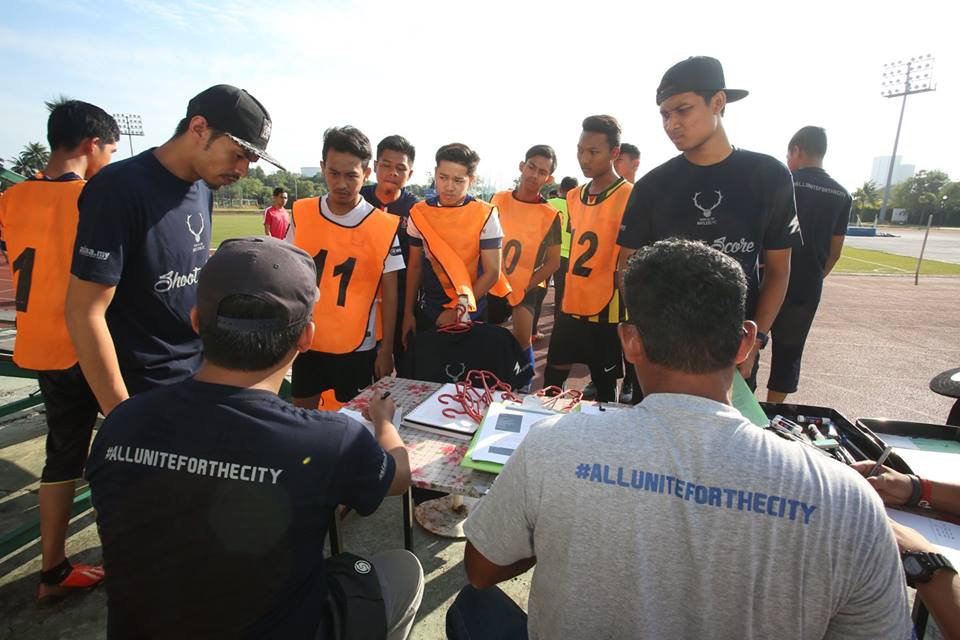
For the time being, SAAFC’s home ground would be the Panasonic Stadium in Shah Alam, thanks to a partnership between them as well as the company that runs the venue – Shoot & Score. It’s a mini stadium that’s capable of holding 400 fans and Yani thinks it fits them nicely. “We’re a small team and we want to start small. So this ground is enough for us, right now,” he exclaimed.
WHAT IS SAAFC’S LONG-TERM GOAL?
In the near future, the club will be looking to unveil its first membership plan. But beyond that, they are looking to establish partnerships with different organizations and corporations, to ensure SAAFC is able to create a variety of community-based projects for the people of Shah Alam. In fact, Yani claims that the club is ready to execute plans involving sales, sponsorship, corporate revenue, as well as branding, as soon as it receives the LLP status.
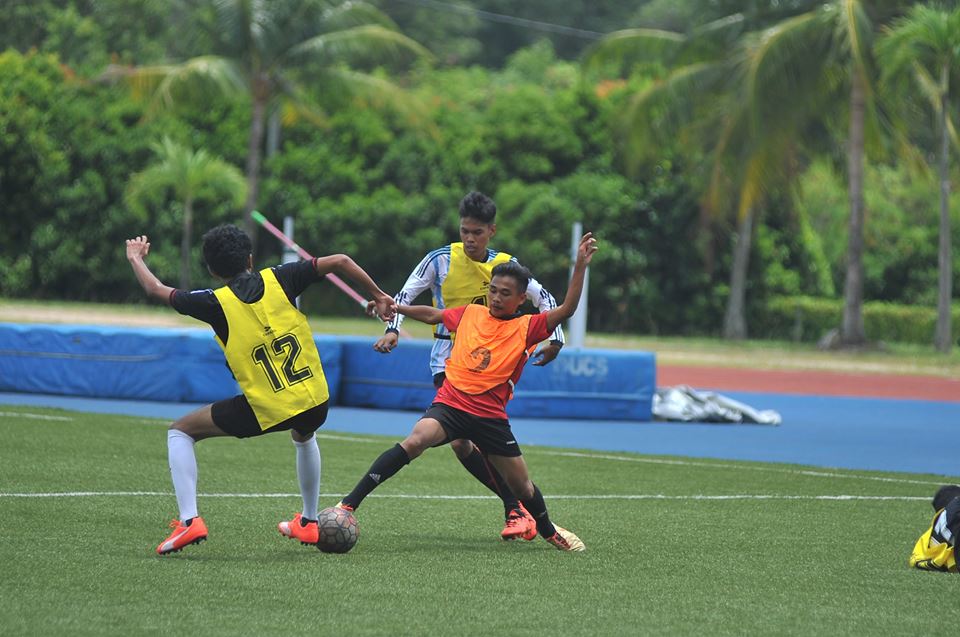
“Our goal is to establish SAAFC as a community leader, underpinned by core values that we want to stand for. As much as we want to run a successful football club, we want to prioritize the process of running an ‘inclusive’ football club. This essentially means SAAFC isn’t just for the Malays of Shah Alam. It’s for everyone in Shah Alam, including the Chinese, the Indians, and people of any other ethnicity. We want everyone to feel a part of the club – that’s our priority.
“And to get there, we are prepared to execute all necessary plans and strategies that we’ve developed and carefully planned over the last few months. Think about it, Shah Alam is essentially a melting pot of different industries. All we need to do is give them a fair return of investment and we can get these people on board. Once the LLP status comes in, we’re good to go,” Yani added.
WILL IT WORK?
Considering SAAFC is established by fans looking to find a solution to Malaysian football’s woes, the biggest question that remains is – will it work? To the folks behind SAAFC, they’re not even thinking about that. None of them are profiting out of this initiative – for the time being at least – and passion seems to be at the forefront of everything they’ve done so far.
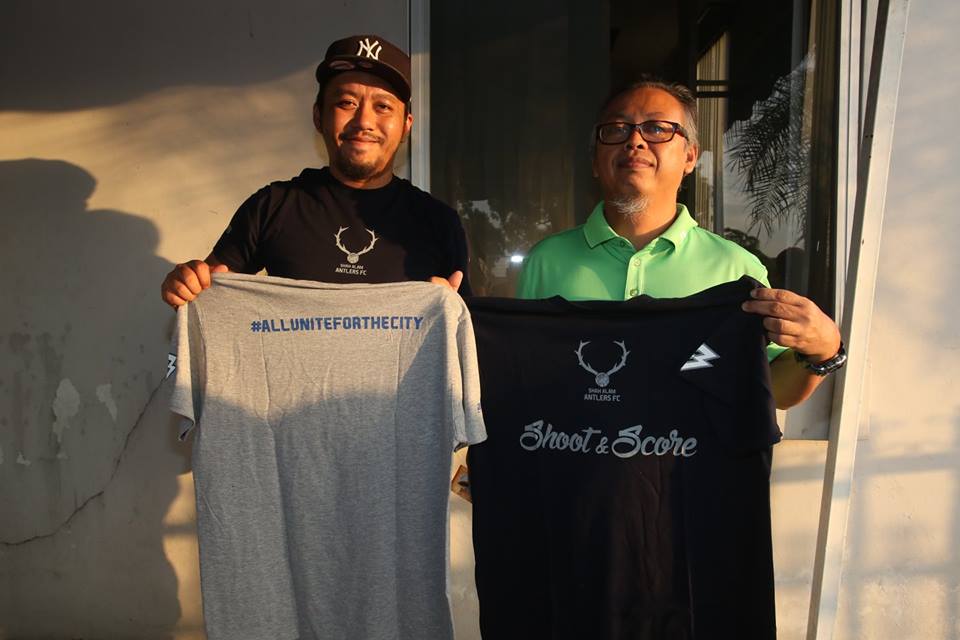
But as an experienced marketer, Yani knows passion isn’t the only thing you need to run a football club. And as he pointed out, the club’s humble priorities will go a long way in ensuring its ability to evolve into a long-term solution.
“Look, nothing will change in Malaysia if we continue heading in the direction that we’re heading. But do we want to complaint about it, or do we want to try and find a solution for it. SAAFC is just a small football club for now, and we have no aspirations of making a gigantic leap in the next few years.
“For us, it’s about stability, it’s about financial growth and it’s also about the people. Growing in size will take time, winning over the hearts of disillusioned local football fans in Shah Alam will take time, and getting people from different races and religion to come together will also take time.
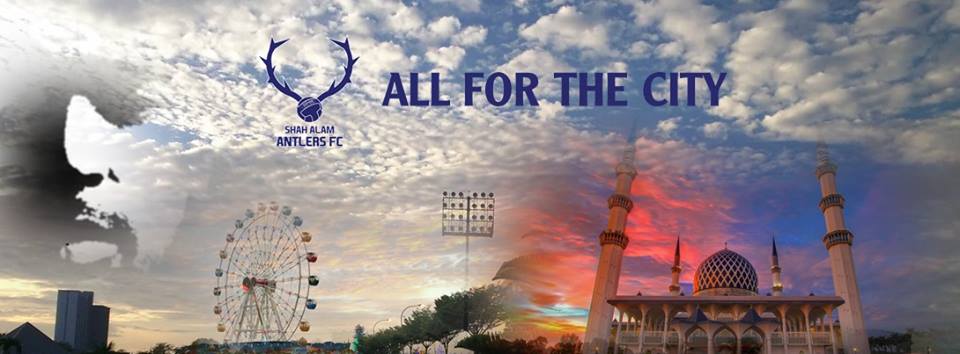
“But that’s the difference between us and everyone else. We are prepared to wait; we are prepared to grow slowly. Trophies matter, but people and fans matter the most. That’s going to be the DNA of our club,” he concluded.
Shah Alam folks, what are your thoughts on this initiative? Are you in favour of it? Do you have any questions or queries about it? Let us know by commenting below!
Other posts by Keeshaanan Sundaresan


